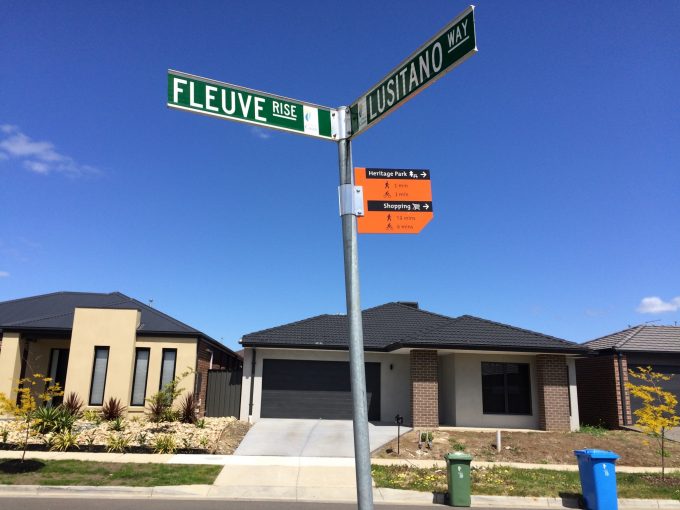Creating ‘liveable’ urban environments is seen as an important way of improving the health and wellbeing of the residents in our towns and cities.
Originally published by CRESH – 9 May 2019
Authors: Hannah Badland and Jamie Pearce
Yet it is not clear whether the focus amongst planners and other policymakers on fashioning liveability is an opportunity – or threat – to reducing health inequities.
On the one hand improving the resources and infrastructure in local communities might benefit everyone but particularly those who are most dependent on what is close by.
On the other hand, it is possible that if liveability interventions are poorly or unevenly implemented, or inappropriate to the particular needs of the local population, then health inequities may widen.
This issue was the focus of our new research recently published in Social Science & Medicine where we found evidence that some aspects of liveability have reduced inequities, whereas other aspects have not led to a reduction, or in some cases even increased, health inequities.
The notion of liveability has been around for a long while and is underpinned by the United Nation’s New Urban Agenda.
The aim is to ensure equitable delivery of sustainable urban development – including local infrastructure and services, and housing amongst many other urban features – and to improve the living social and physical conditions for urban dwellers, including their health.
Given these important and laudable goals it is perhaps surprising that so few studies have looked at what effects liveability has on health inequities.
Health inequities continue to increase across many countries, including the UK and Australia; identifying what works in the long-term to reduce health inequities remains a policy priority for many national governments and international agencies.
In our new work we examined the international evidence to see when and where urban liveability might pose an opportunity or threat to reducing health inequities.
We looked across a series of urban liveability features (education; employment; food, alcohol, and tobacco; green space; housing; transport; and walkability) and asked whether intervening on these aspects of place can serve to widen or narrow inequities.
Our findings show that the urban liveability agenda offers opportunities to help address health inequities but the effects differ from place to place.
It was also clear that we need to keep in mind that urban liveability is just one part of a much broader urban system; whilst improving aspects of urban liveability can improve the health for some populations in a local area, it may not be the case for others.
In some cases, the health benefits of urban liveability are restricted to specific (and sometimes more prosperous) communities.
In fact, in more extreme cases urban liveability interventions can result in local people being pushed out of their community (e.g. through associated hikes in rental prices), with negative implications for their health and wellbeing.
We believe that the findings from this research include some important messages for policymakers and urban planners tasked with identifying ways to improve people’s health and reduce health inequities.
Designing our neighbourhoods to become more liveable offers some significant opportunities to enhance health.
However, it is also apparent liveability interventions need to be implemented in ways that meet the needs of all population groups living in the area, including the most vulnerable.
As researchers, it is important that we continue to monitor the impact of liveability interventions on inequities and seek a better understanding of how these issue relate to the wider urban and social systems affecting our health





